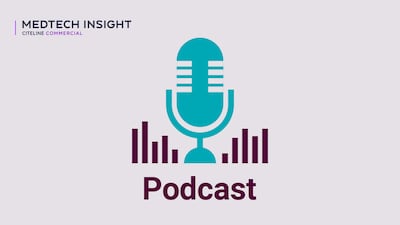One of the most contentious sessions at last year's American Diabetes Association annual meeting was a Saturday morning presentation of sensor data using the continuous glucose monitoring system (CGMS) from MiniMed Inc. , a division of Medtronic Inc. At one time point, a CGMS sensor showed a blood glucose reading of 230 (hyperglycemia) while a reference sensor read under 40, indicating hypoglycemia. Yet some clinicians attempted to defend the accuracy and utility of the CGMS by reasoning that both data points were consistent with the same blood glucose trend and were merely off in timing and absolute value. Moreover, they pointed out, as the MiniMed CGMS is only approved for physician use, to provide general information on blood glucose trends in a patient, and not for patients to use as the basis for determining exactly when to inject insulin to regulate their blood sugar as a substitute for conventional glucose measurements using finger-stick or alternate site test systems, they were not especially troubled by the dramatic differences in the readings.
Other clinicians and observers in the audience held a much different view. As a practical matter, one suggested during the question and answer session, the CGMS is used clinically, not...
Read the full article – start your free trial today!
Join thousands of industry professionals who rely on Medtech Insight for daily insights
- Start your 7-day free trial
- Explore trusted news, analysis, and insights
- Access comprehensive global coverage
- Enjoy instant access – no credit card required
Already a subscriber?







